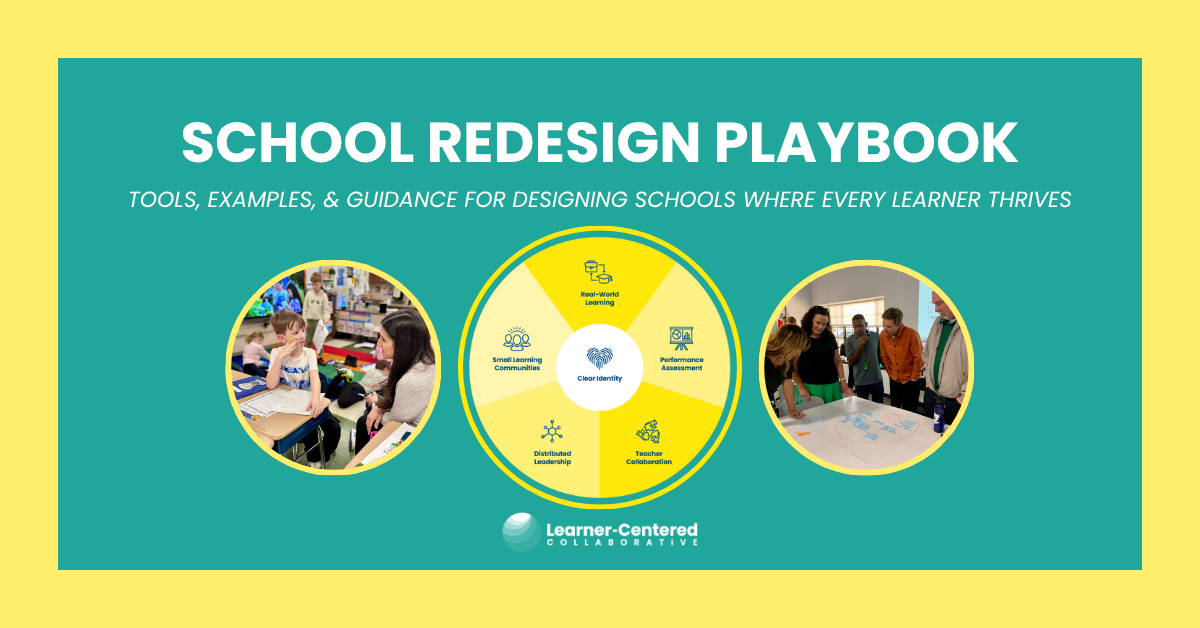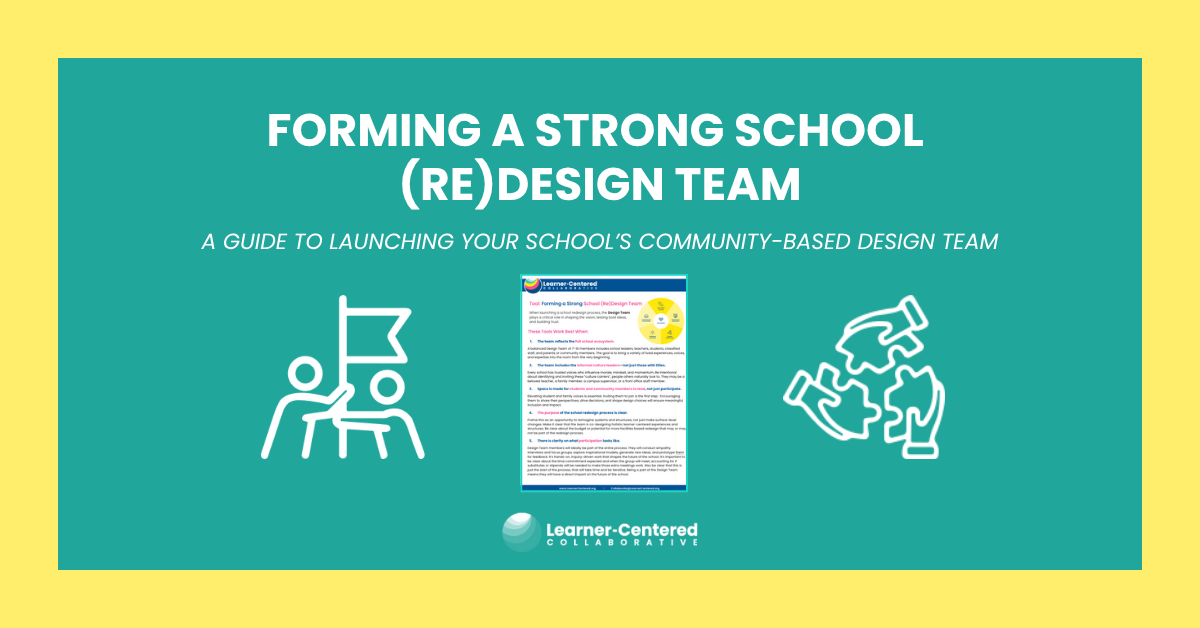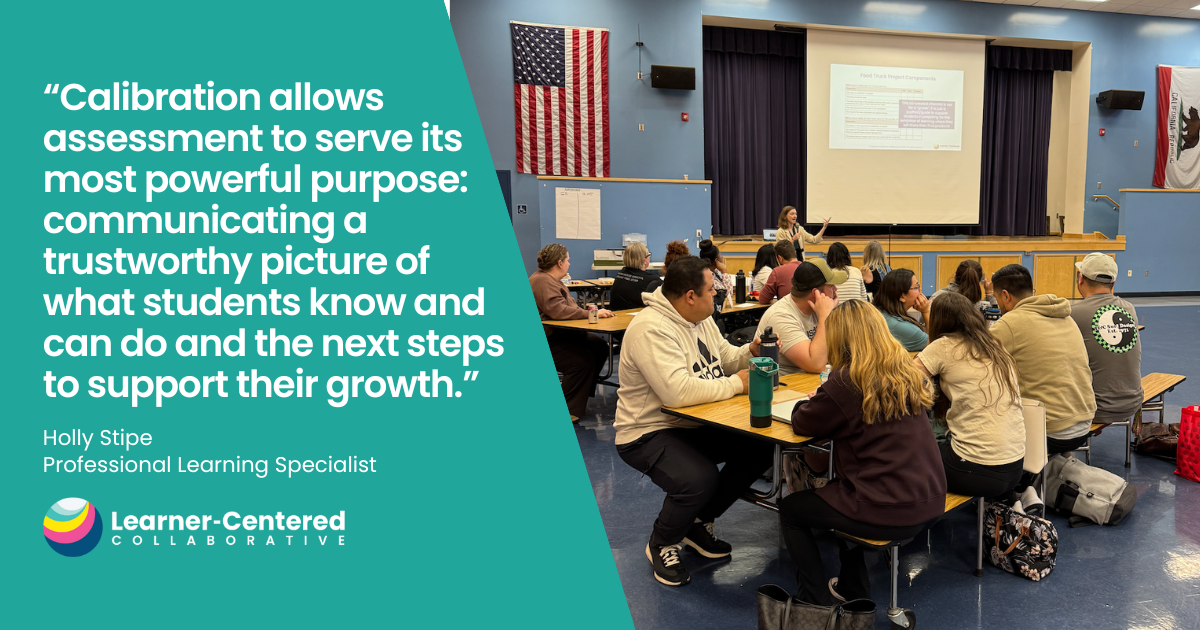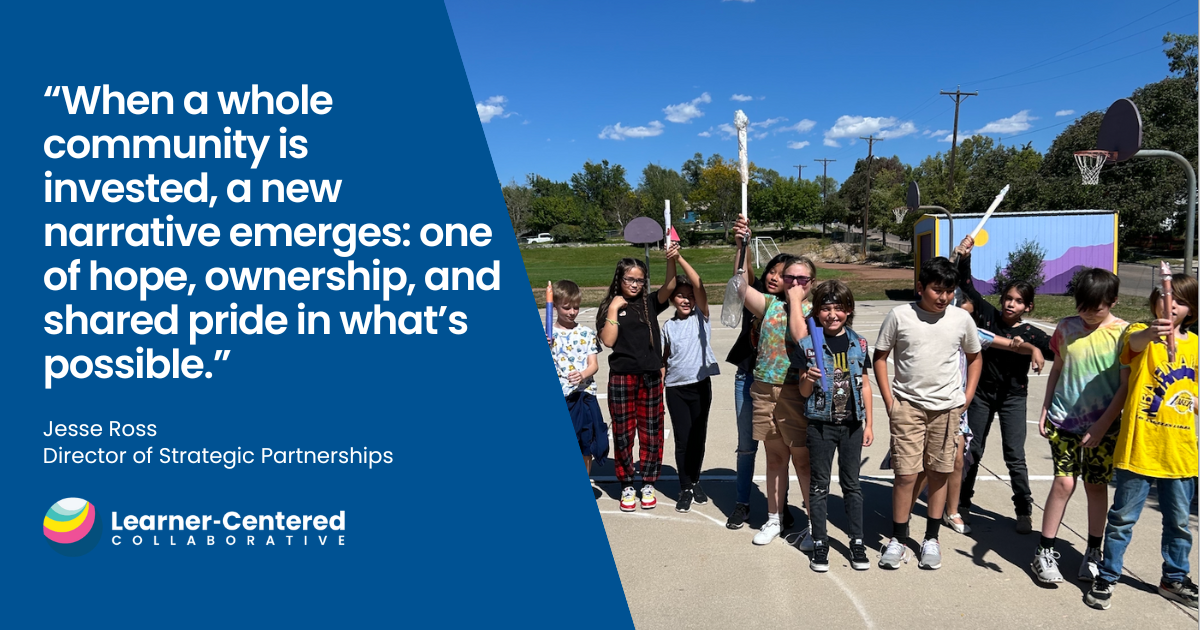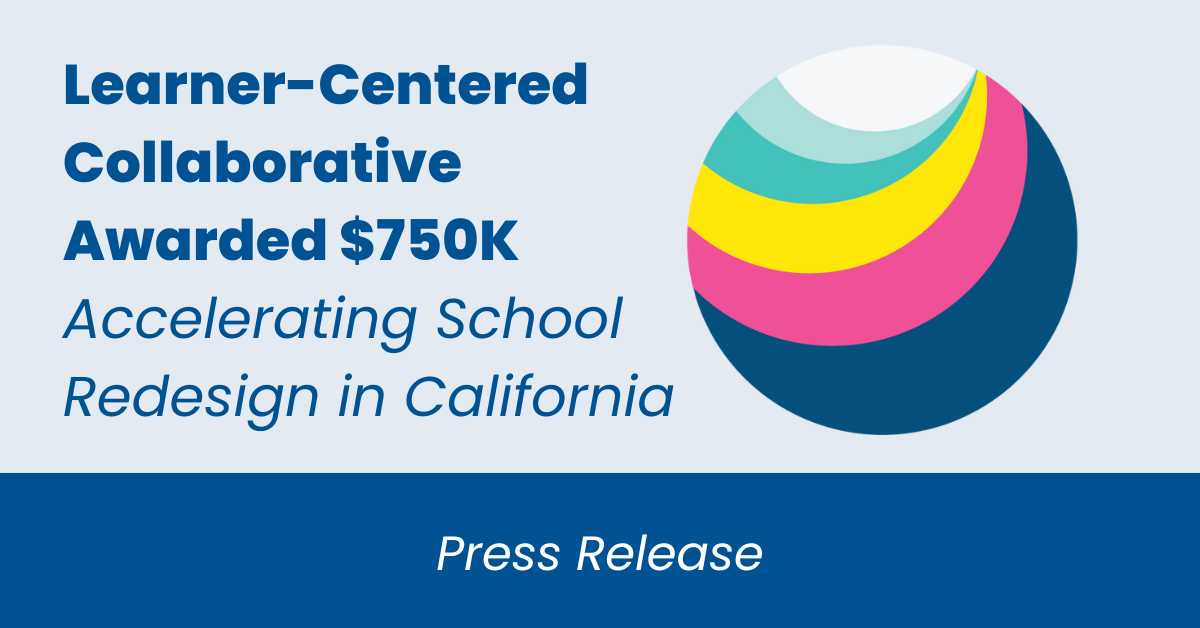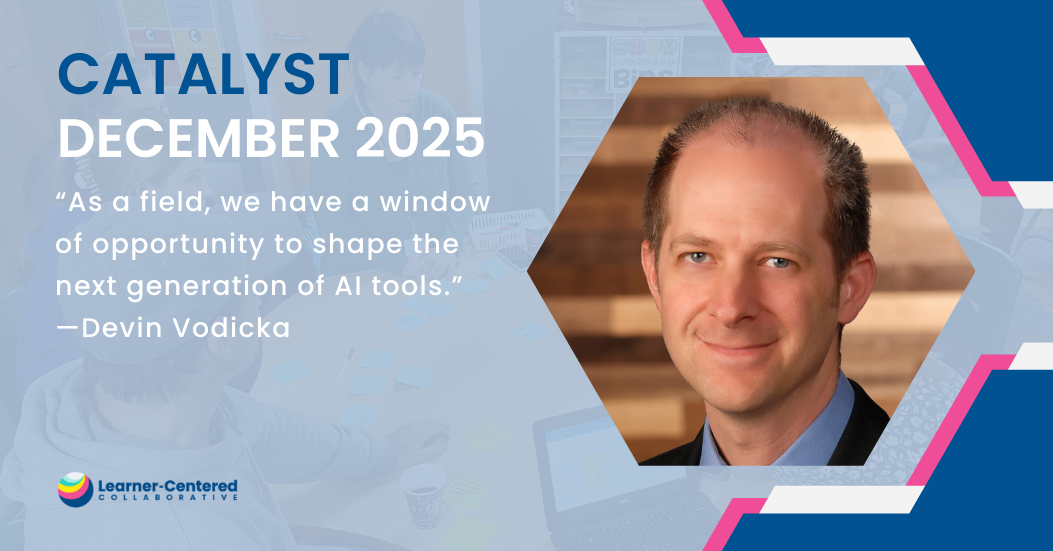From Training to Professional Learning: Building a Learner-Centered Culture for Educators
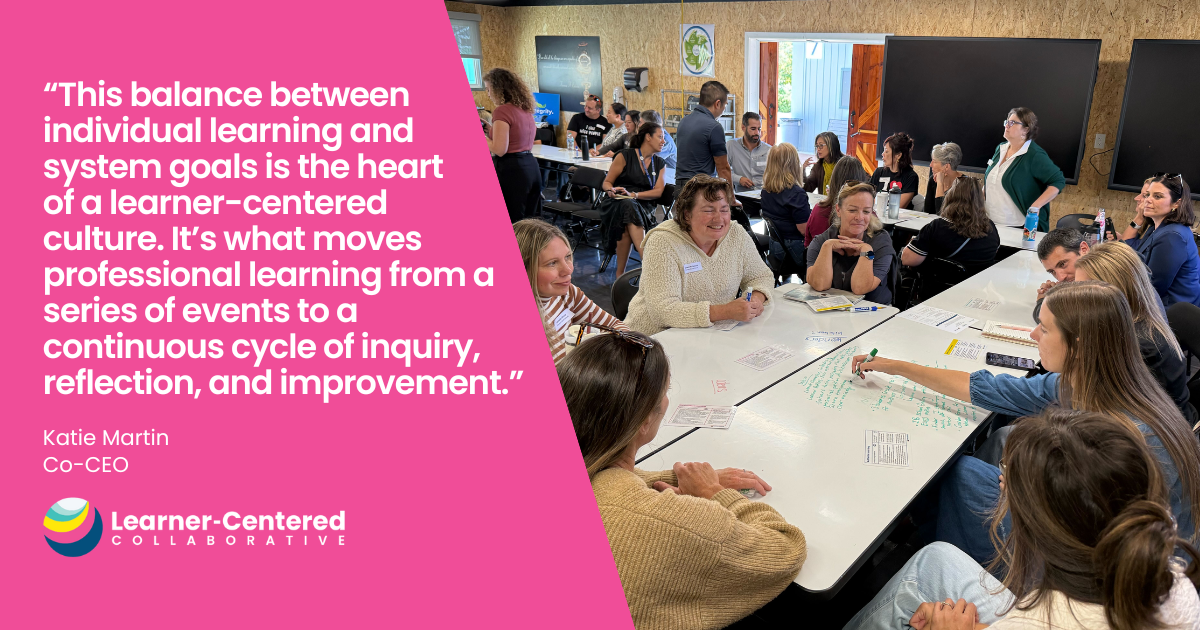
For decades, Professional Learning has mirrored the same traditional, school-centered model it seeks to change: experts deliver information, teachers passively receive it, and hours or seat time serve as the measure of learning. These same structures often show up in classrooms, perpetuating a cycle of compliance rather than curiosity. To create deeper, more meaningful learning experiences for students, we must first reimagine how educators learn.
I recently worked with a principal who was grappling with this very challenge. On the surface, his professional learning model appeared successful: teachers had choice, attendance was strong, and there were few complaints. But when we looked deeper, he realized that only a handful of teachers were truly engaging in new learning or changing their practice. The result was pockets of innovation rather than collective progress toward their shared vision for teaching and learning.
To address this, we shifted the approach. Instead of offering unlimited choice disconnected from goals, he met with each teacher to co-design a focus area of inquiry aligned with the school’s vision and learner outcomes.

Teachers identified what they wanted to learn, why it mattered, and how it connected to student learning. They collected evidence of growth, reflected on impact, and received coaching along the way. The result wasn’t compliance or uniformity; it was coherence with agency. Teachers still had ownership, but within a framework that supported shared purpose and collective growth.
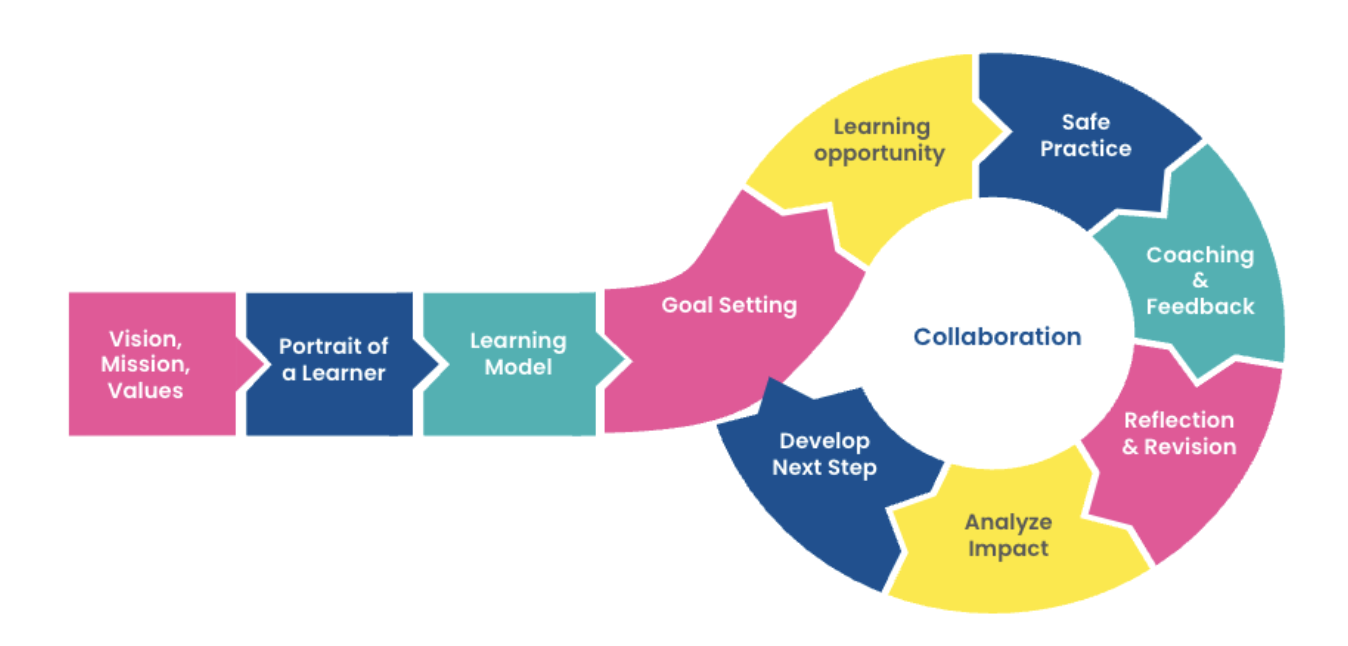
Learning is a process, not an event.
Why Traditional Professional Development Falls Short
Professional development can miss the mark when it is designed in a one-size-fits-all manner. Empowerment is critical to personal learning, and many systems have responded by offering teachers more choice in Professional Learning. While this sounds great in theory, it can fall short if not anchored to a shared purpose. After all, we know learners thrive when they have voice and choice.
Empowerment doesn’t mean doing whatever you want; it means having agency within a structure that supports growth toward common goals.
Check out this real-world example of an unconventional Professional Learning program at Laguna Beach Unified School District, designed to elevate their Portrait of a Learner and increase teacher collaboration.
Common challenges with traditional professional development include:
- Little to no personalization or alignment with individual and system goals
- Content that doesn’t meet the needs or context of educators
- One-size-fits-all programs focused on compliance rather than application
- Information overload with no time for reflection or practice
- Lack of real classroom models or coaching to support implementation
- Pressure for immediate change without sustained support
- Minimal follow-up or feedback loops
- Weak relationships and disconnected learning communities
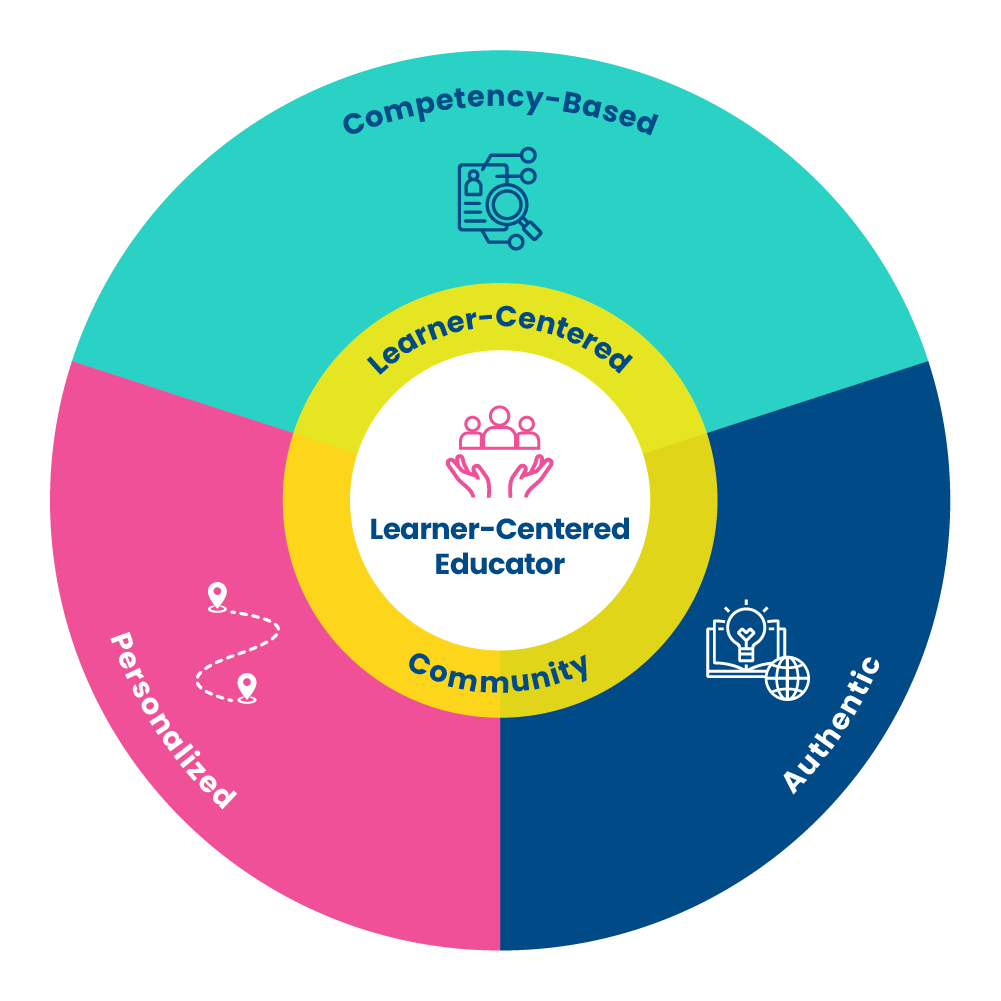
Learner-Centered Collaborative’s Learning Model, a key component of our Learner-Centered Ecosystem Framework.
These pitfalls aren’t the fault of educators. They’re symptoms of systems still rooted in a school-centered paradigm, where learning is standardized, time-bound, and disconnected from authentic growth.
A Learner-Centered Approach to Professional Learning
Just as our Learner-Centered Ecosystem calls for designing systems around the needs of students, it’s equally critical that we design for the needs of adult learners. Shifting from professional development to Professional Learning means creating ecosystems that empower educators as learners, centered on purpose, agency, and growth.
The following structures can support a learner-centered Professional Learning model:
1. Start with a Shared Vision for Learning
Grounding Professional Learning in the district’s learning model aligned to the Portrait of a Learner creates a coherent vision, ensuring that every educator is moving toward the same whole-learner outcomes. When teachers understand the “why,” they can effectively design experiences that align with the system’s purpose while bringing their own school identity to life.

At Learner-Centered Collaborative, we’ve drawn from leading research in the learning sciences and practical application with our school and district partners to identify three key elements of a learner-centered learning model:
- Embracing a learner-centered mindset and a reflective and collaborative approach to teaching and learning practices, leveraging technology as a tool.
- Designing learner-centered communities with flexible spaces and use of time that amplify learner voice, intentionally build community, and cultivate a sense of belonging.
- Creating learner-centered experiences that are authentic, competency-based, and personalized.
2. Personalize Learning for Educators
Just as we honor learner variability among students, educators also bring diverse strengths, needs, and aspirations. Support teachers to self-assess against the district’s Learning Model or Educator Competencies, then set personalized goals and learning plans that reflect where they are and where they want to grow.
Alamogordo Public Schools launched a Learner-Centered Innovation Cohort with educators who signed up to participate in a Professional Learning Experience to dive deeply into one element of their new Learning Model. Educators self-reflected on the educator competencies, and using that reflection, they identified a focus area and goal for the experience.
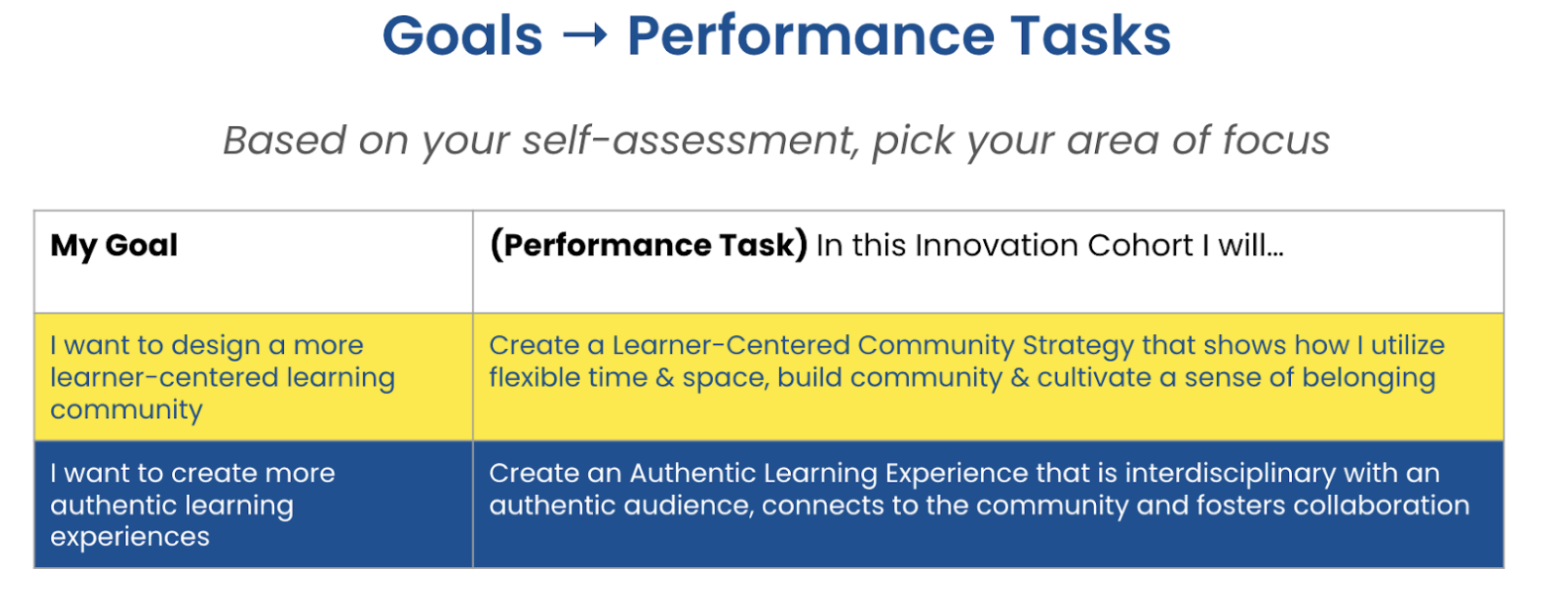
This is an example of how educators can demonstrate their goals in a performance task.
At the end of the year, participants will share their educator philosophy and a learning experience they designed based on their goal. Throughout the year, educators are supported with online courses, collaborative experiences, and intentional feedback sessions to help them reach their goals.
3. Empower Agency Through Flexible Pathways
Create structures that allow educators to own their learning. Provide voice and choice in path, pace, and modality, whether that’s collaborative cohorts, on-demand courses, classroom-based inquiry, or community partnerships. The goal is to model the same learner-centered practices we expect educators to use with students.
Juab School District Teacher Leadership Pathway provides four foundational micro-credentials and allows choice in the other four to develop skills based on their needs and goals. They choose from a library of micro-credentials on the Digital Promise portal and then submit evidence to show their application of a competency. This process supports educators in applying to be teacher leaders and provides opportunities for teachers to earn stipends based on their micro-credential earnings.
4. Evaluate Competency-Based Demonstrations of Learning
Move beyond counting hours or workshops attended. Instead, measure learning by demonstrated growth and impact through portfolios, micro-credentials, lesson artifacts, peer feedback, or student outcomes. This shift from attendance to evidence transforms Professional Learning into a process of continuous improvement rather than compliance.
In Mineola Public Schools, new educators presented on their year-long learning and impact with their coaches, colleagues, and the central office leadership. The program supports new educators through a community of practice, professional learning, and inquiry projects that foster growth and reflection. I had the privilege of joining their reflection process, where teachers shared brief presentations on their goals, questions, and learning. One teacher focused on cultivating student independence and engagement, while another explored how common language can strengthen metacognition and a growth mindset. Each presentation reflected deep inquiry, agency, and a genuine commitment to improving student learning.
5. Foster a Culture of Continuous Learning
Learner-centered systems thrive when educators are part of ongoing communities of practice where they can test ideas, gather feedback, reflect, and refine. Safe spaces for inquiry, coaching, and shared learning build the trust and capacity necessary for transformation.
Co-CEO and author of this blog, Katie Martin, shares detailed takes about bright spots in education and insights about learner-centered PD in her Bright Spots newsletter. Subscribe here!
Building a Learner-Centered Ecosystem for Educators
Transforming education isn’t just about adopting new strategies or tools—it’s about creating the conditions for learning to flourish at every level of the system. That means building Professional Learning ecosystems where educators feel seen, supported, and empowered to grow.
When we invest in educators as learners, we model the very principles we want for our students: agency, purpose, connection, and mastery.
Our team is here to help you implement meaningful, resonant Professional Learning Experiences that promote continuous learning and collaboration. Reach out today to start the conversation.

